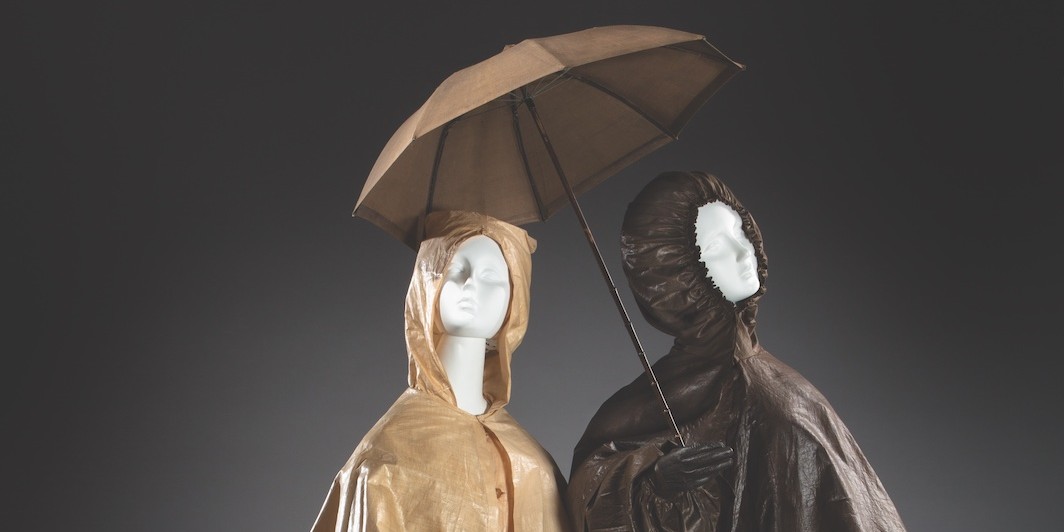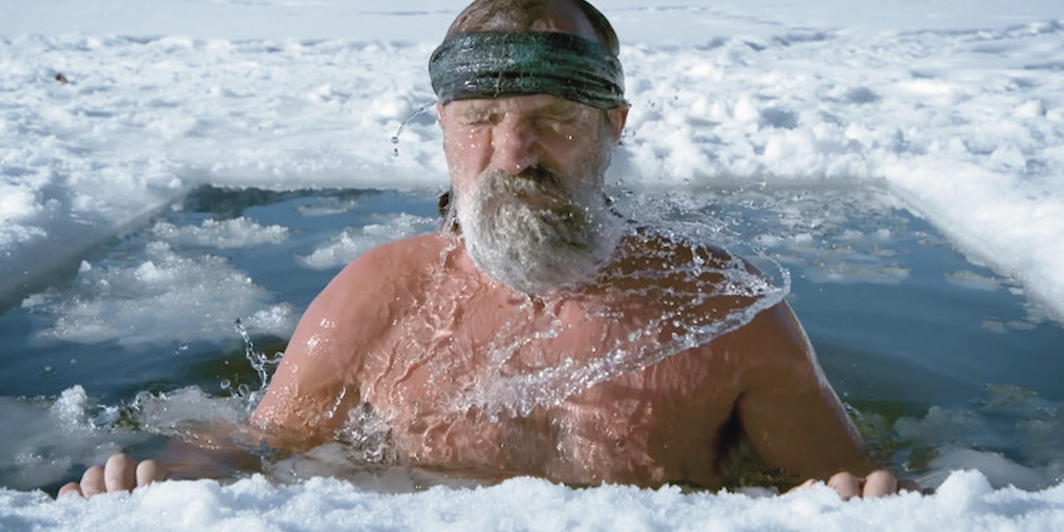Meet the Mets
Baseball: “Inning Eight: A Whole New Ballgame” (PBS; 1994)
The Mets don’t make an appearance in Ken Burns’s epic documentary Baseball until the eighth part, but they storm the scene like only they can, charting a wild ride in the 1960s from the cellar to the penthouse. Burns gives ample time to the ill-fated and slapstick-y Casey Stengel era, but the climax of the story is of course the arrival of ace Tom Seaver and the team’s world-shaking 1969 championship run.
Doc & Darryl (ESPN; 2016)
For this entry in ESPN’s 30 for 30 series, Judd Apatow and Michael Bonfiglio staged a reunion between











